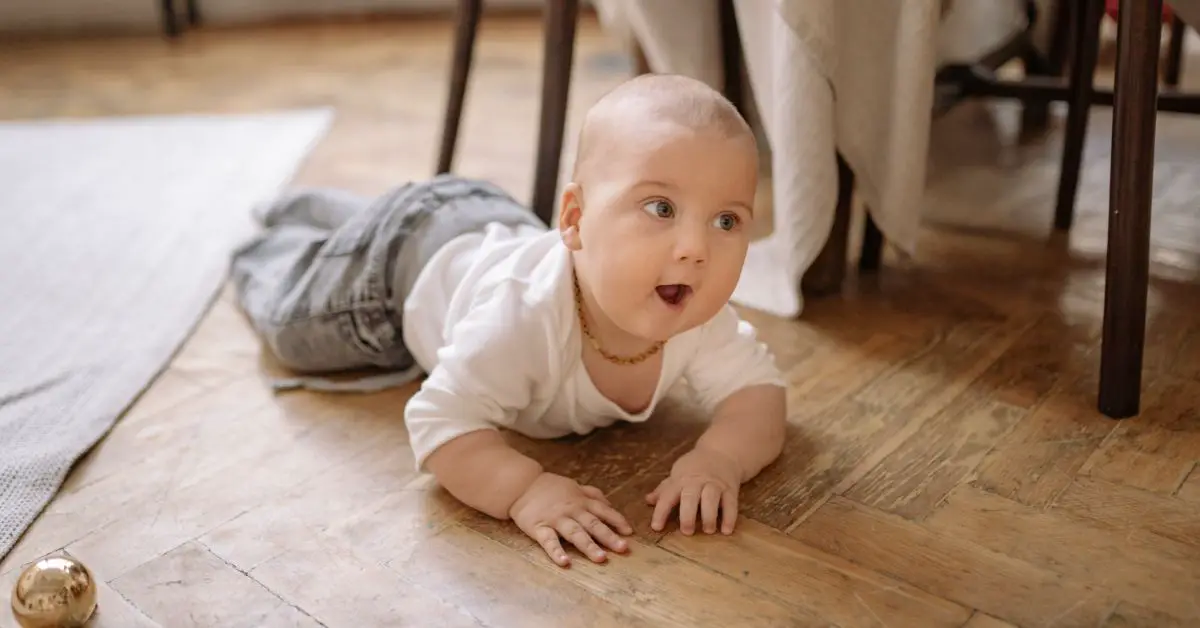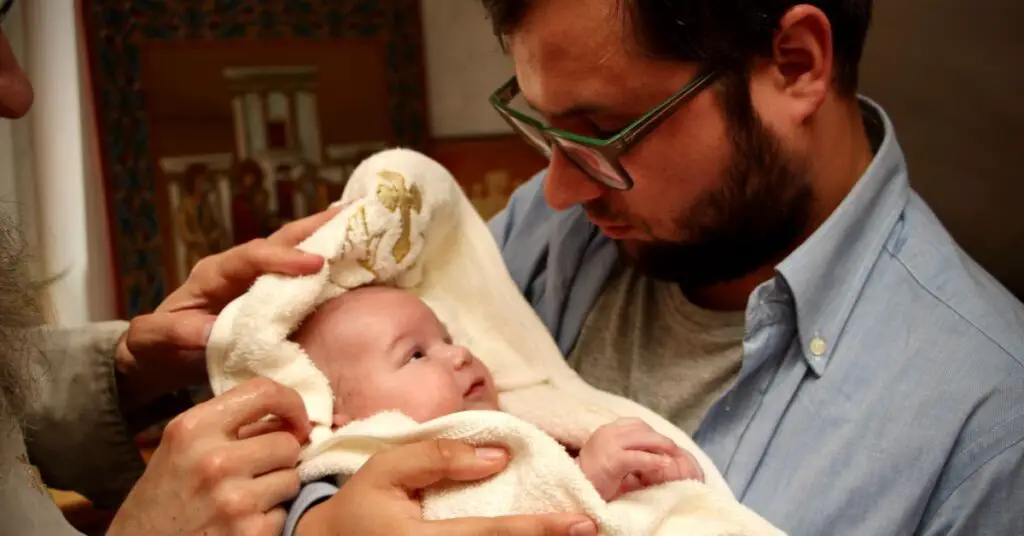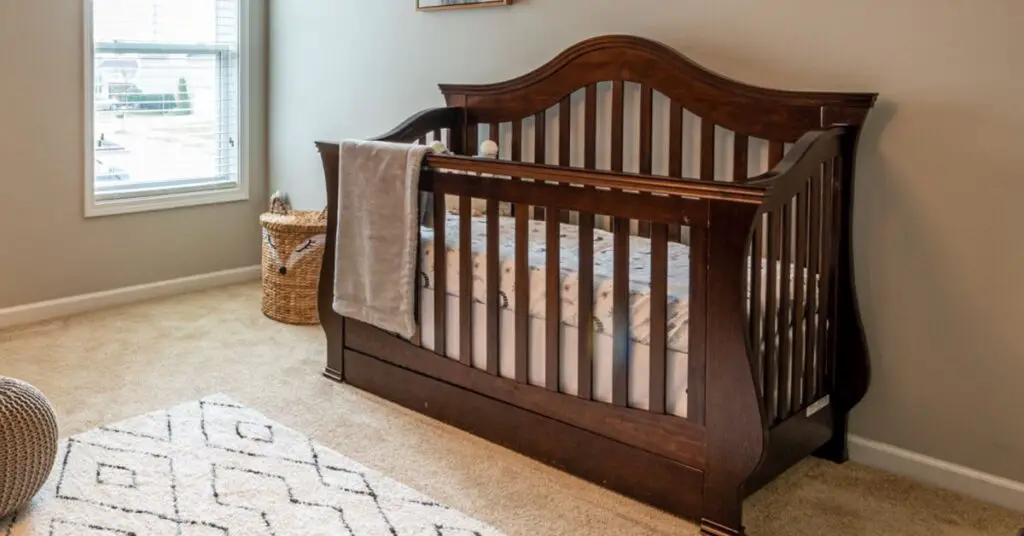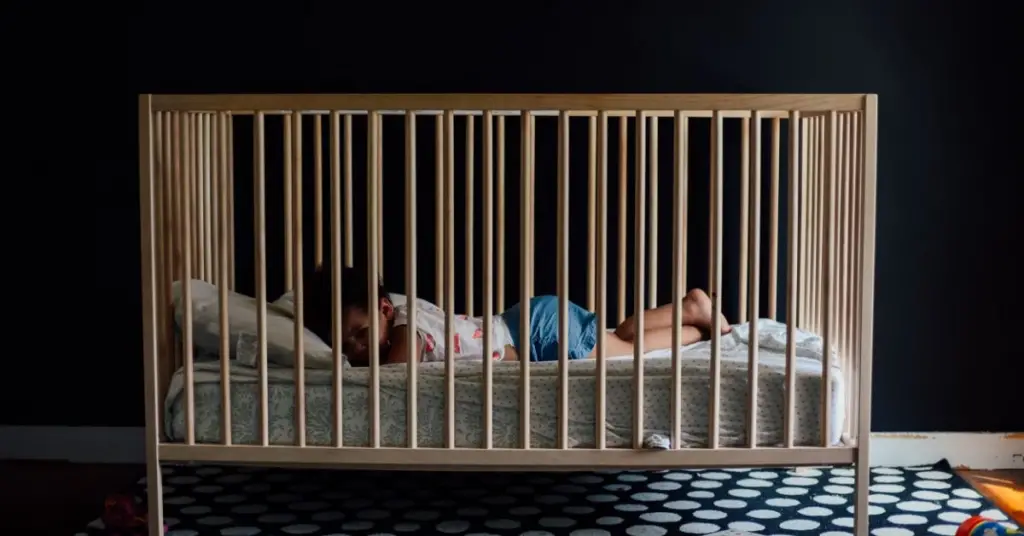Are you curious about whether babies crawl or sit up first? Find out what you can expect from your little one as they reach these important stages.
The products mentioned on this page were independently selected by Babycious editors. As an Amazon Associate, Babycious may earn a commission from qualifying purchases.

Photo by Yan Krukau
As your baby grows and develops, there are many milestones they reach that are exciting to witness. One of those milestones is when your baby starts to move around on their own. But which comes first – crawling or sitting up?
Babies typically begin by sitting up independently or with little help at around 6 months of age and then start crawling about two months later. Sitting up is an important step that allows the core muscles to strengthen and helps your baby develop good balance before crawling. However, sitting up and crawling are often not far apart and some babies may skip crawling altogether and go straight to standing and even walking.
That being said, it’s important to remember that each baby develops at their own pace and what milestone comes first may vary from baby to baby. One thing I learned watching my daughter grow up is that every milestone has so much variability and it can be nerve-wracking to constantly compare your baby to others. The best approach is to encourage and support your baby’s development positively and try not to worry too much about it.
When Do Babies Sit Up?
The ability to sit up is a huge milestone for babies. It allows them to interact with their surroundings in a new and exciting way. Some babies can sit up as early as four months, while others may take a few more weeks or even months to sit without assistance. Generally speaking, babies should be able to sit up on their own anywhere from 5 to 8 months.
The reason for this variability is that the ability to sit up depends on several factors including gross motor skills, core muscle strength, and balance. All of these things take time to develop and some babies may develop these skills faster than others. “Sitting up” also has a different meaning for different people, sometimes they mean “My baby can maintain balance when I place her in a sitting position” and sometimes they mean “She can get herself from a lying down position to a sitting position without any assistance“. The first one would generally happen sooner.
Can You Help Your Baby Sit Up?
Sitting up is an important part of your baby’s development but you should absolutely refrain from “making” your baby sit up. Proping your baby to sit up before they have developed enough strength in their neck and arms can actually be detrimental to their development and I’d be worried about trying to “accelerate” your baby’s development by making her sit up too early.
Instead, you should provide lots of supervised tummy time to give your baby the opportunity to strengthen their core muscles and practice balancing their head. To do so, lay your baby on their stomach on a flat surface and let them try to push themselves up. This strengthens their neck and arm muscles and is the best preparation for sitting up.
It is always best to let your baby learn and achieve at their own pace. With the right environment and plenty of supervised tummy time, your baby will be sitting up in no time. If you are concerned about your baby’s development, it is always best to speak with your pediatrician who can best diagnose any delay or lack in muscle tone.
The Many Forms of Crawling
What crawling means can vary depending on who you ask. Some refer to crawling as moving forward on hands and knees while some think of it as moving forward by any means, most commonly babies will move their forearms forward and then pull their body along in what’s sometimes called a “military crawl”. It can also be a combination of crawling, rolling, and scooting. Generally speaking, the first form of mobile independent movement is usually referred to as “crawling”.
Most babies commonly start crawling on their hands and knees between 8 and 10 months. Sitting up first helps develop the core muscles needed to coordinate crawling. Because crawling uses both sides of the body in tandem, it helps with cognitive development. However, crawling is not a mandatory step in your baby’s development. Babies who skip crawling and move on to walking can still have normal cognitive development.
Related: Best Baby Knee Pads for Crawling For 2023
Teaching Your Baby to Crawl?
You don’t need to – your baby will figure that out on their own. The progression from sitting up to crawling or scooting and then to walking (using furniture or people for support firstà should come naturally.
The best way to help your baby crawl is to provide an environment that encourages them to move around and explore. You can challenge your baby by putting them on the floor and placing their favorite toys just outside of their reach. This will encourage them to move and help them learn how to coordinate their arms, legs, and stomach muscles in order to reach the toy. The motivation to crawl (or move in any form) will become increasingly more intriguing for your baby as they become more and more successful.
Final Thoughts
In summary, whether or not a baby learns to crawl or sit up first is determined by the individual baby. Generally speaking, babies learn to sit up before they crawl but this isn’t always the case. Every developmental milestone in babies has a wide range of age for when you can expect it to happen and many times those ranges overlap significantly.
If your baby is well past the expected range of age for a particular milestone or if they are not showing any interest in trying to move independently in any form, then it could be worth talking to your pediatrician. Otherwise, just trust that your baby will learn and achieve at their own pace provided a safe environment and plenty of supervised tummy time.
The purpose of this article is informative and educational only. It’s not a substitute for medical consultation or medical care. We do not accept any responsibility for any liability, loss, or risk, personal or otherwise, incurred as a consequence, directly or indirectly, from any information or advice contained here. Babycious may earn compensation from affiliate links in this content.



